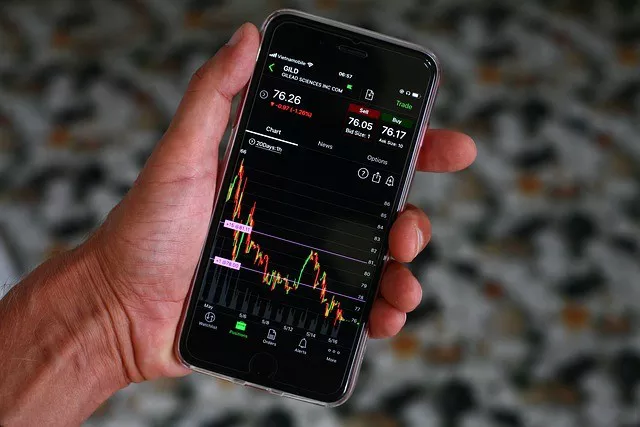In a promising development for the U.S. economy, businesses and employers added a robust 199,000 jobs last month, accompanied by a decline in the unemployment rate. These positive indicators suggest the possibility of achieving a sought-after “soft landing,” where inflation returns to the Federal Reserve’s 2% target without triggering a significant recession.
According to the latest report from the Labor Department released on Friday, the unemployment rate decreased from 3.9% to 3.7%, hovering just above the five-decade low of 3.4% recorded in April. Impressively, the unemployment rate has maintained a sub-4% level for nearly two years, marking the longest such streak since the late 1960s.
The November job growth figures were partly boosted by the return of approximately 40,000 formerly striking auto workers and actors who had been absent from work in October but resumed their roles in November.
While the job market remains robust, recent data indicates a gradual return to pre-pandemic norms. Businesses, while still actively hiring, are displaying less urgency to fill vast numbers of positions. More Americans have re-entered the workforce, and immigration has increased throughout the year.
This shift has made it easier for employers to hire, resulting in fewer reports of worker shortages and reduced pressure to aggressively raise wages, a factor that can contribute to inflation. Analysts view this moderation in the labor market as aligned with the Federal Reserve’s objectives in slowing the economy and curbing inflation through earlier interest rate hikes.
The average monthly hiring rate over the past three months has slightly decreased to just over 200,000, down from an average of around 320,000 during the same period last year. Notably, the job gains in November were concentrated in specific sectors, with the health care industry leading the way by adding 93,000 jobs, followed by hotels and restaurants with 40,000, and governments contributing 49,000 jobs.
Conversely, some sectors experienced job cuts, including retailers, shipping and warehousing companies, and temporary help agencies.
Despite the moderation in job growth, wages continue to increase at a slower but still-healthy pace. In November, average hourly pay rose by 4% compared to the same period the previous year, marking the slowest pace in over two years. Nevertheless, average pay is growing faster than inflation, providing support for consumer spending.
As the Federal Reserve prepares to meet next week, it is expected to maintain its benchmark rate unchanged for the third consecutive time, given the easing inflation pressures. While speculation exists about the possibility of future rate cuts, most economists anticipate a cautious approach, potentially occurring in the second half of 2024.
In conclusion, the latest economic indicators, including the robust job growth and declining unemployment rate, suggest that the U.S. economy is heading towards a “soft landing.” While the pace of hiring has moderated, the overall outlook remains positive, supporting steady growth and easing inflation pressures. The Federal Reserve’s efforts to balance economic expansion and inflation control appear to be making headway, with the economy still growing despite a series of interest rate hikes.


